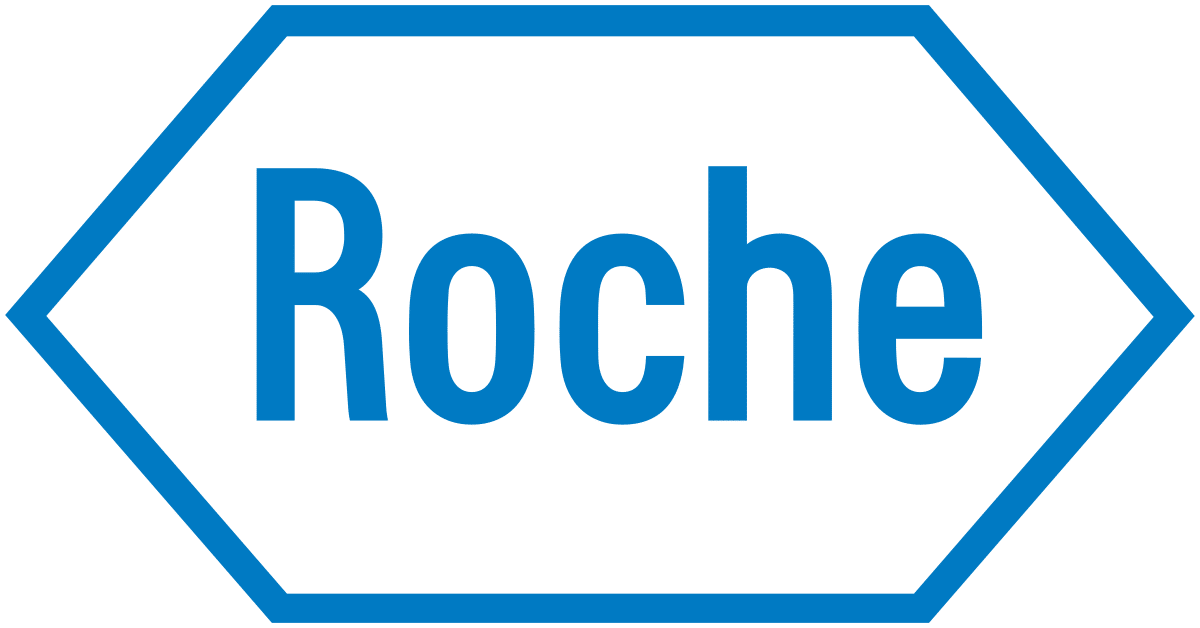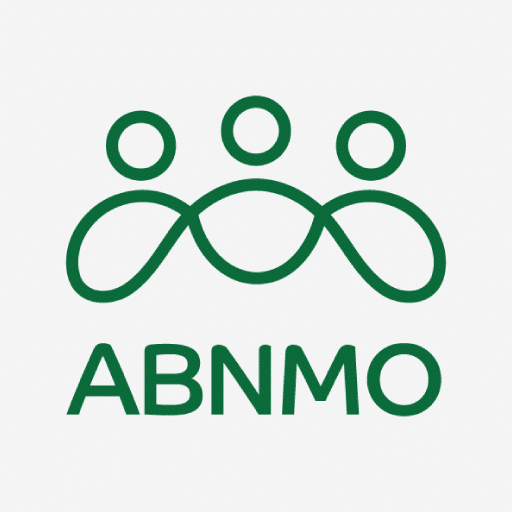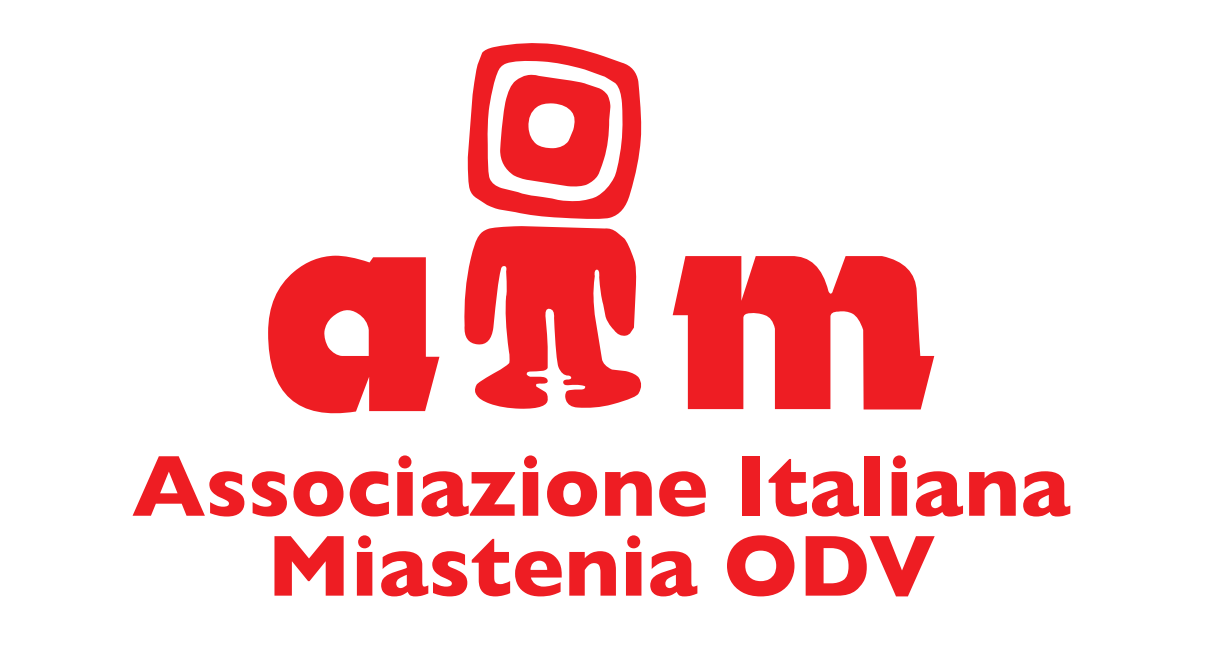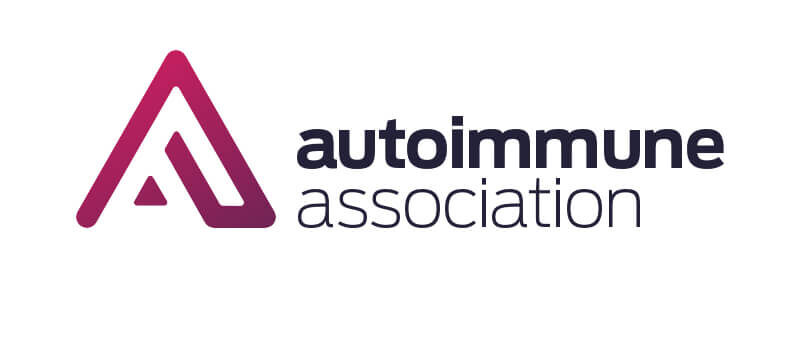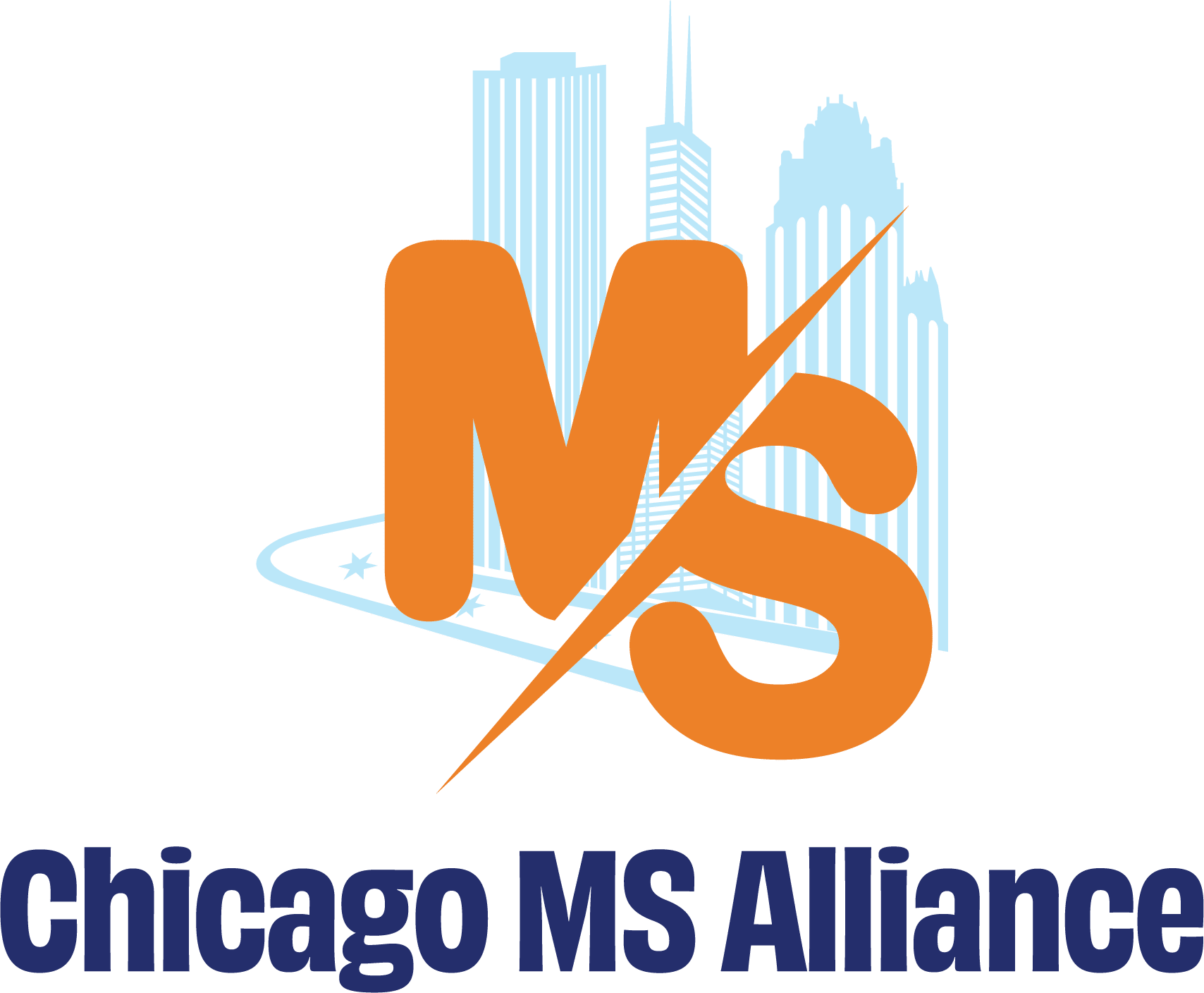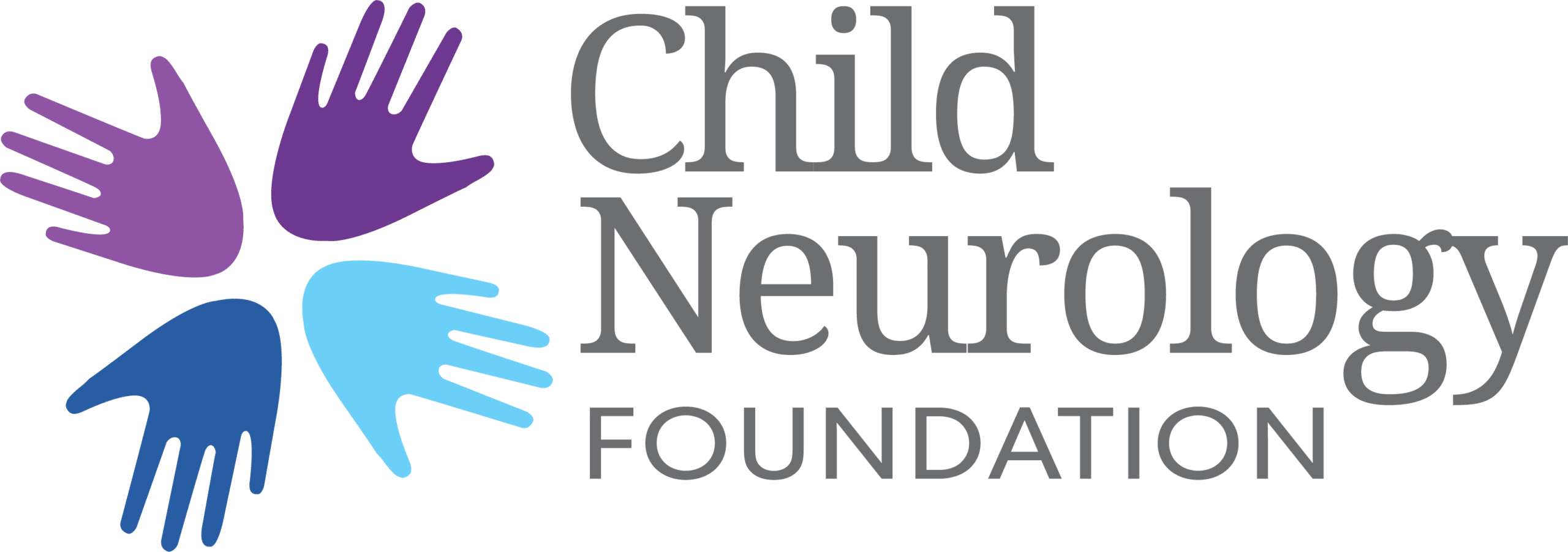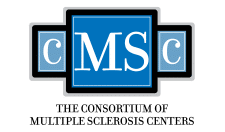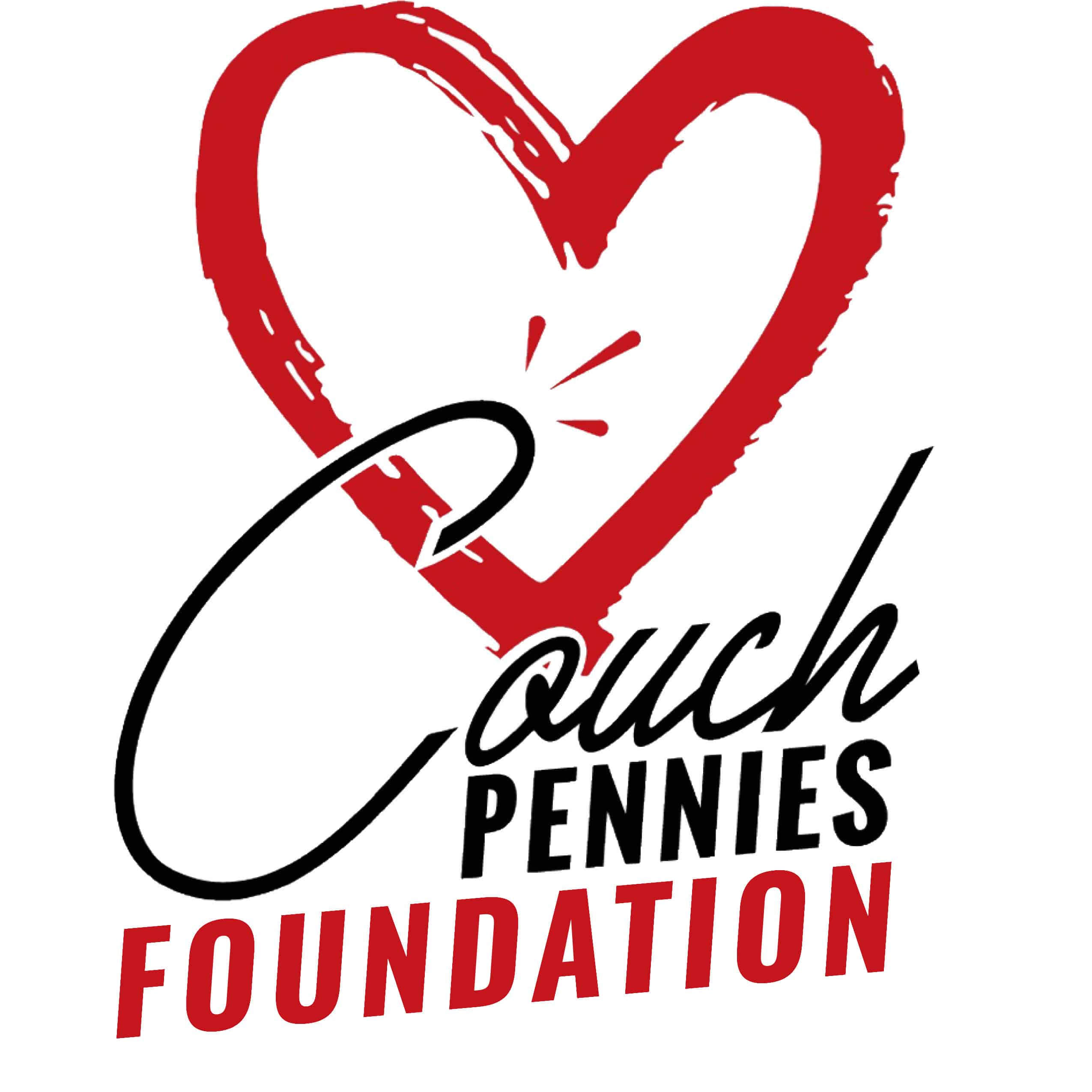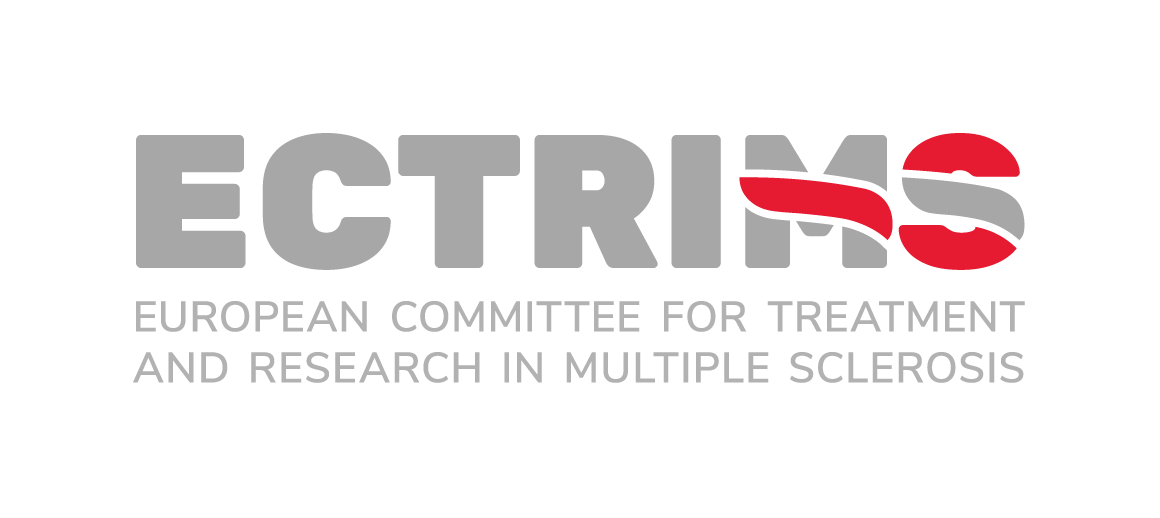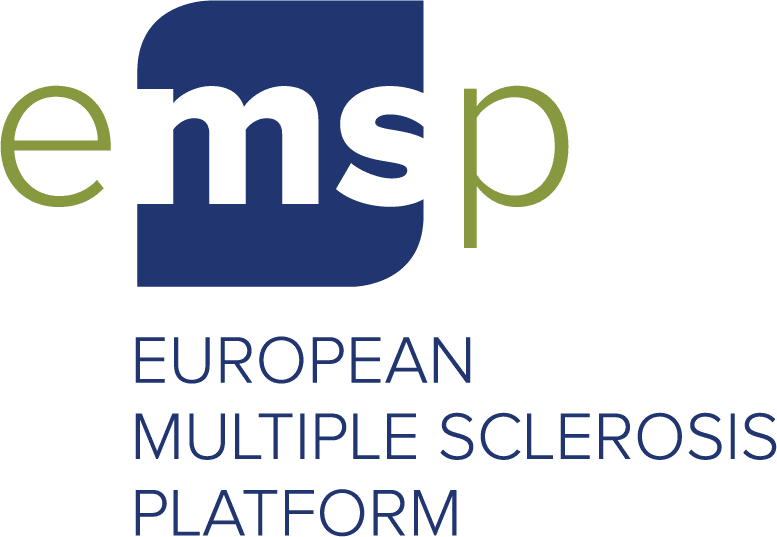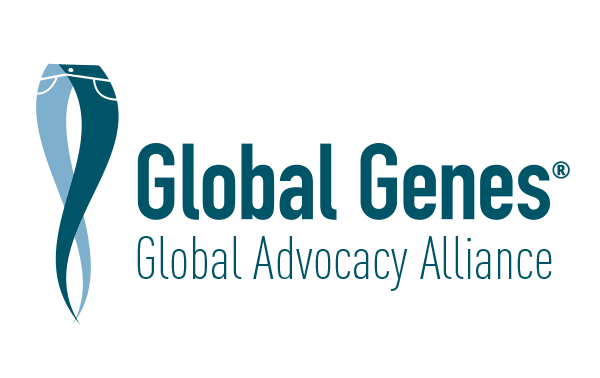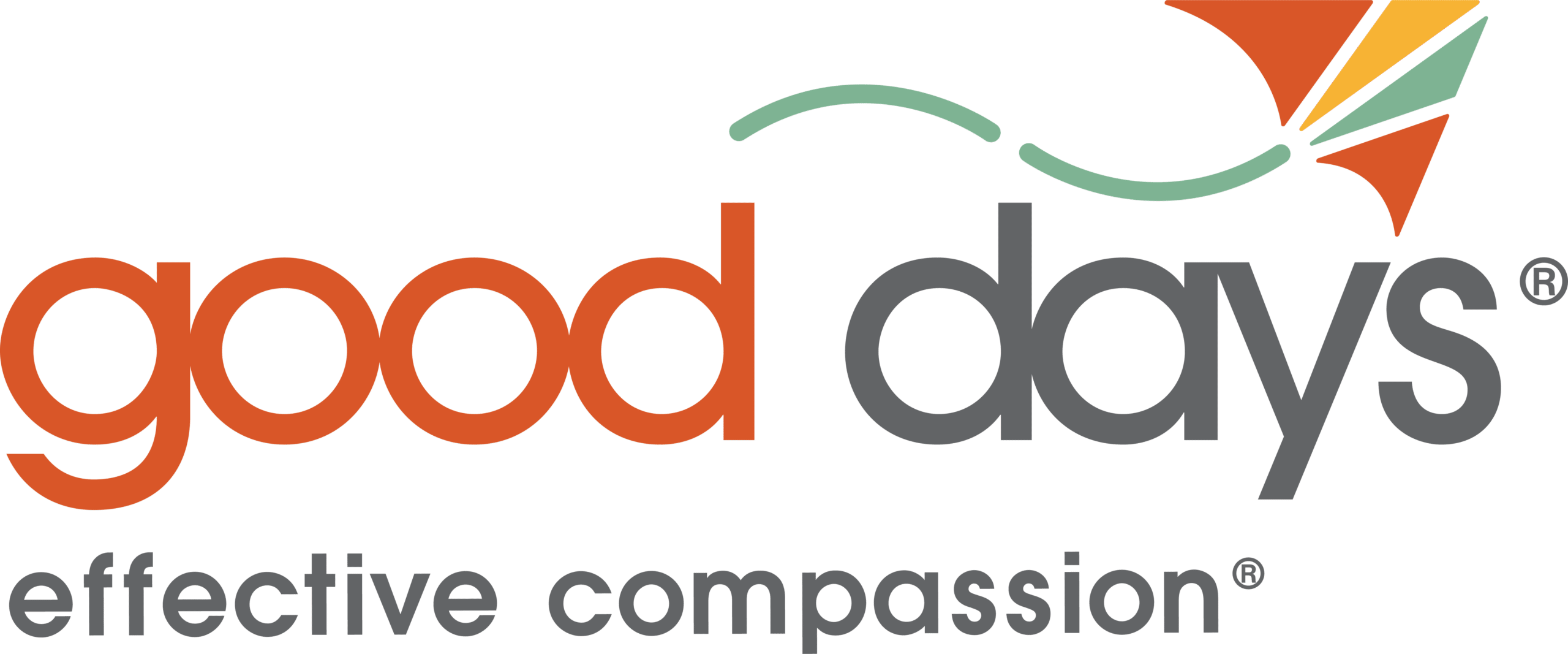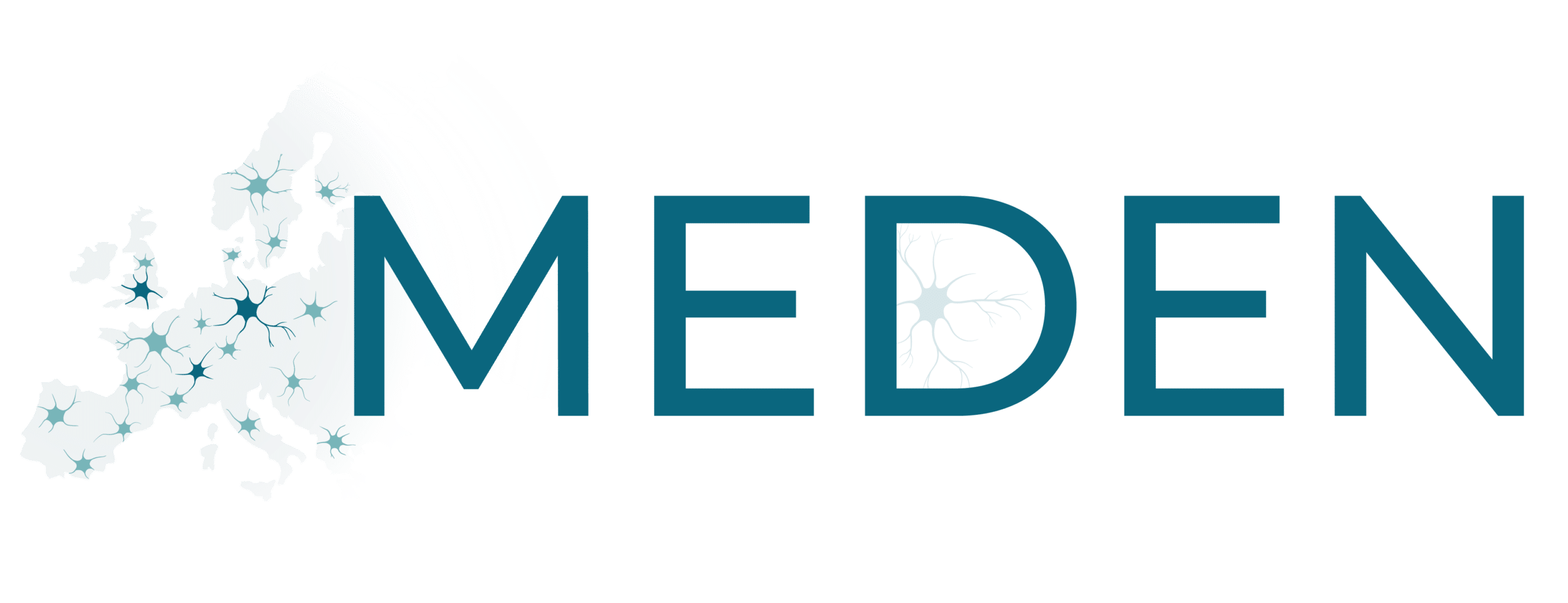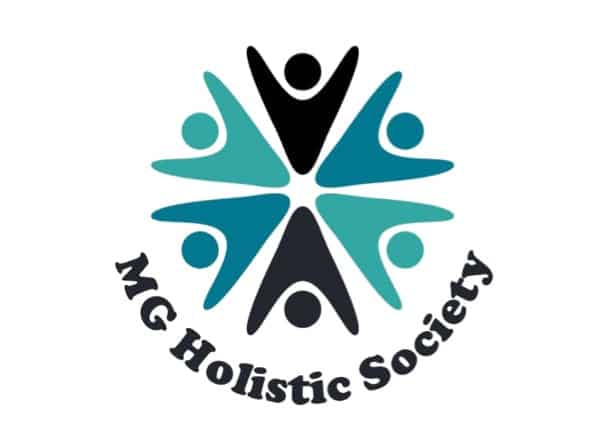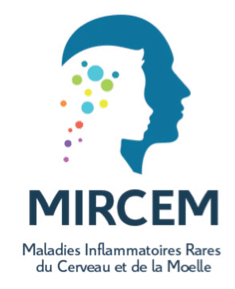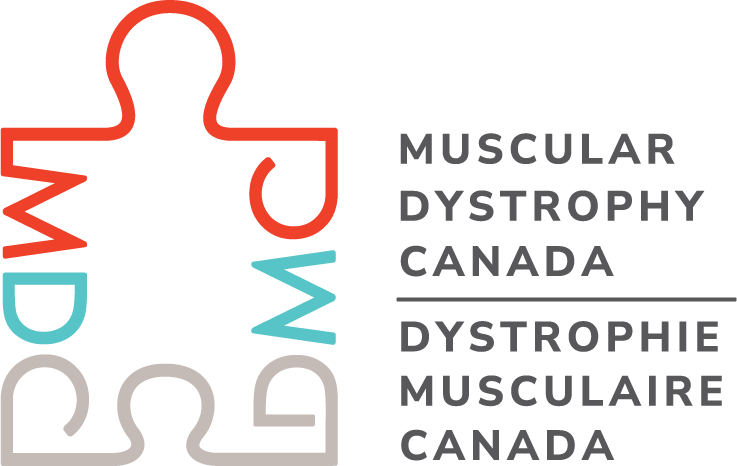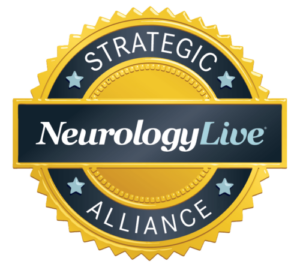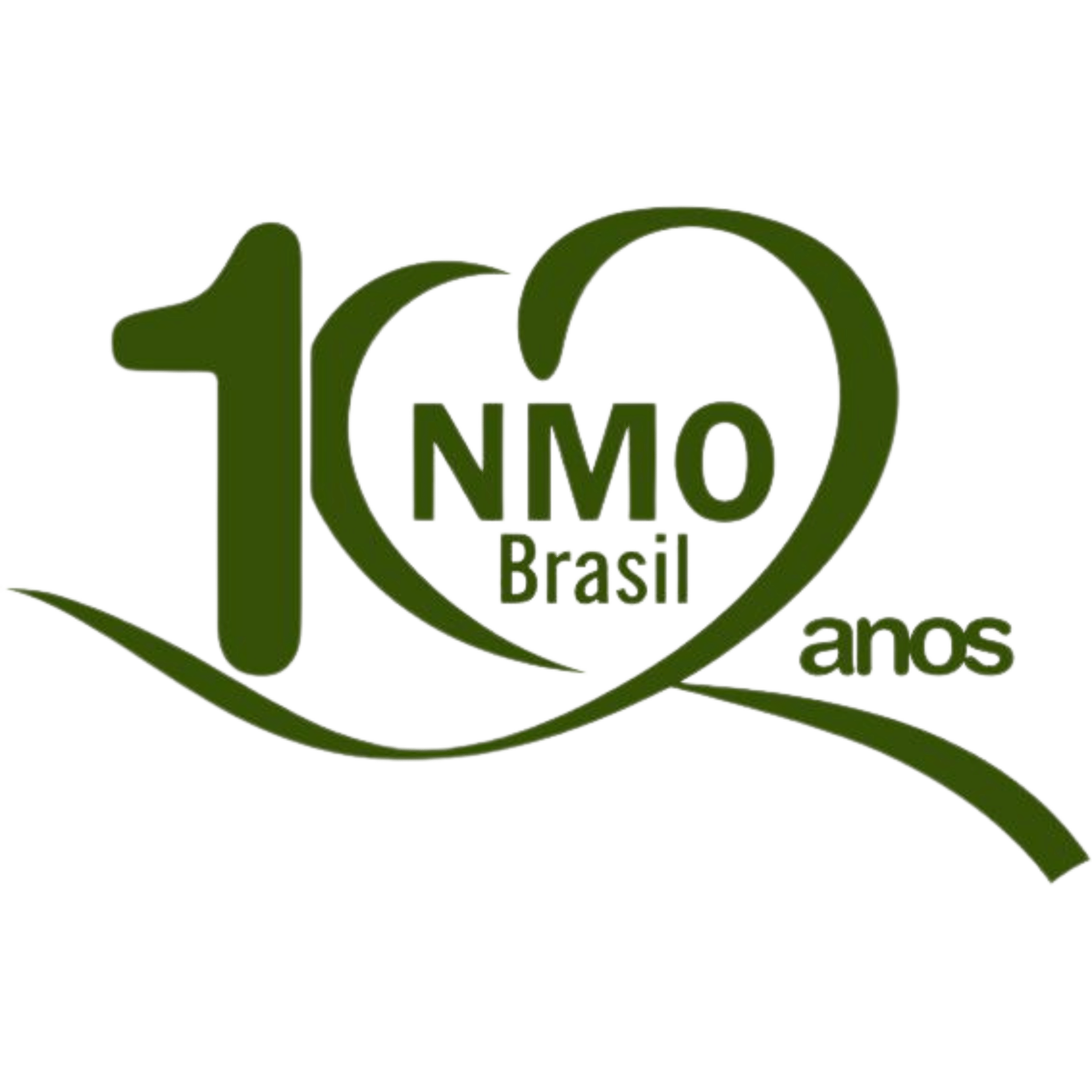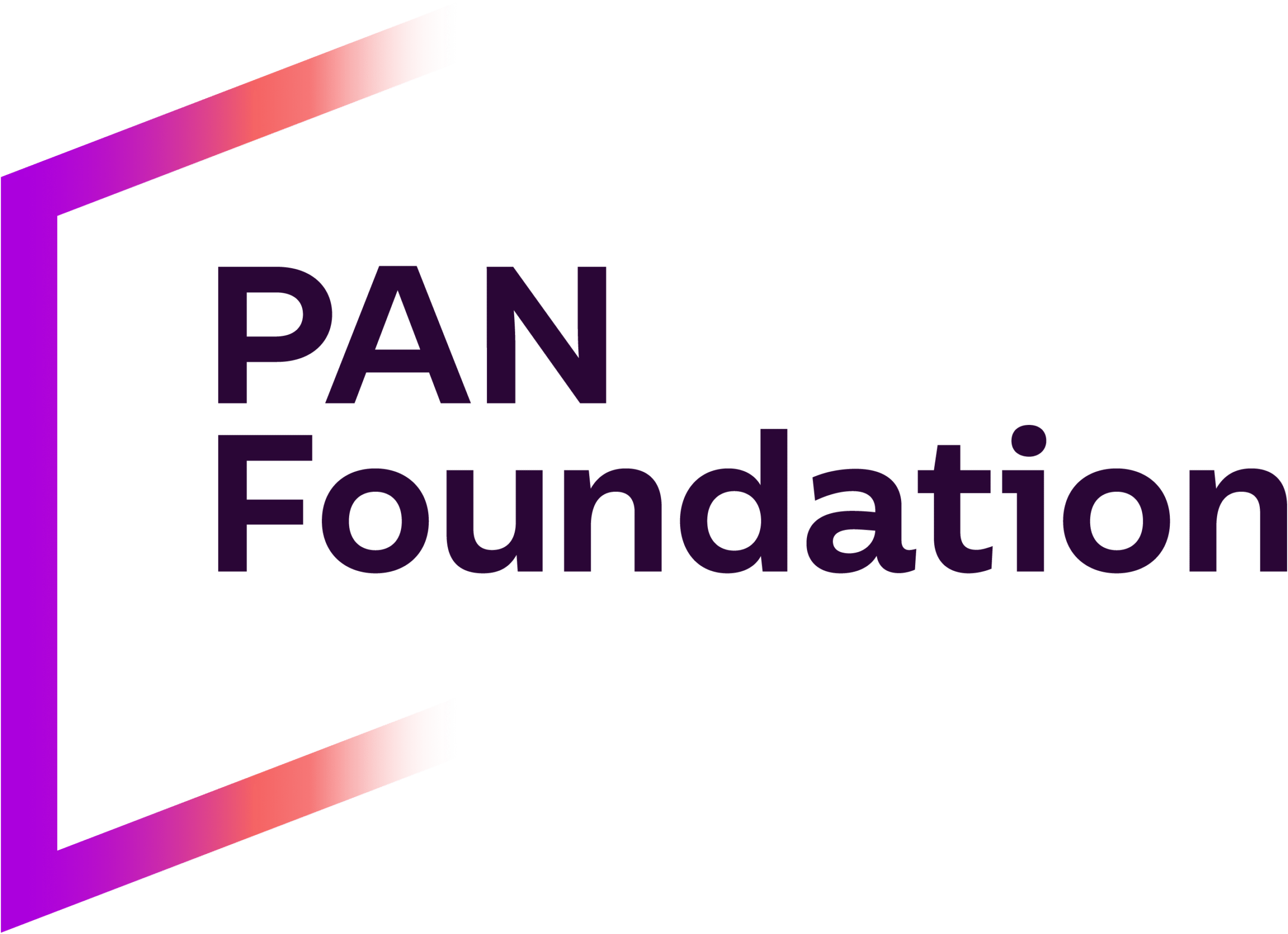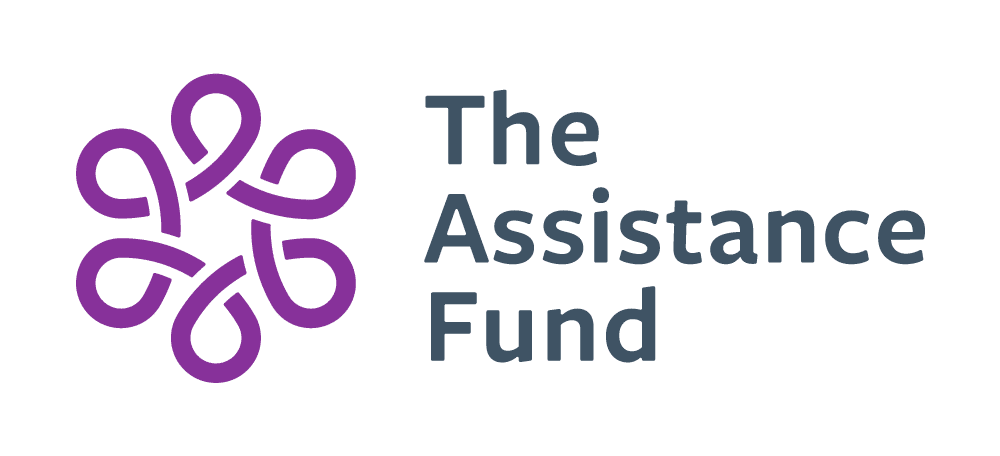Home » Research Summaries » Search Results
Archives: Research Summaries
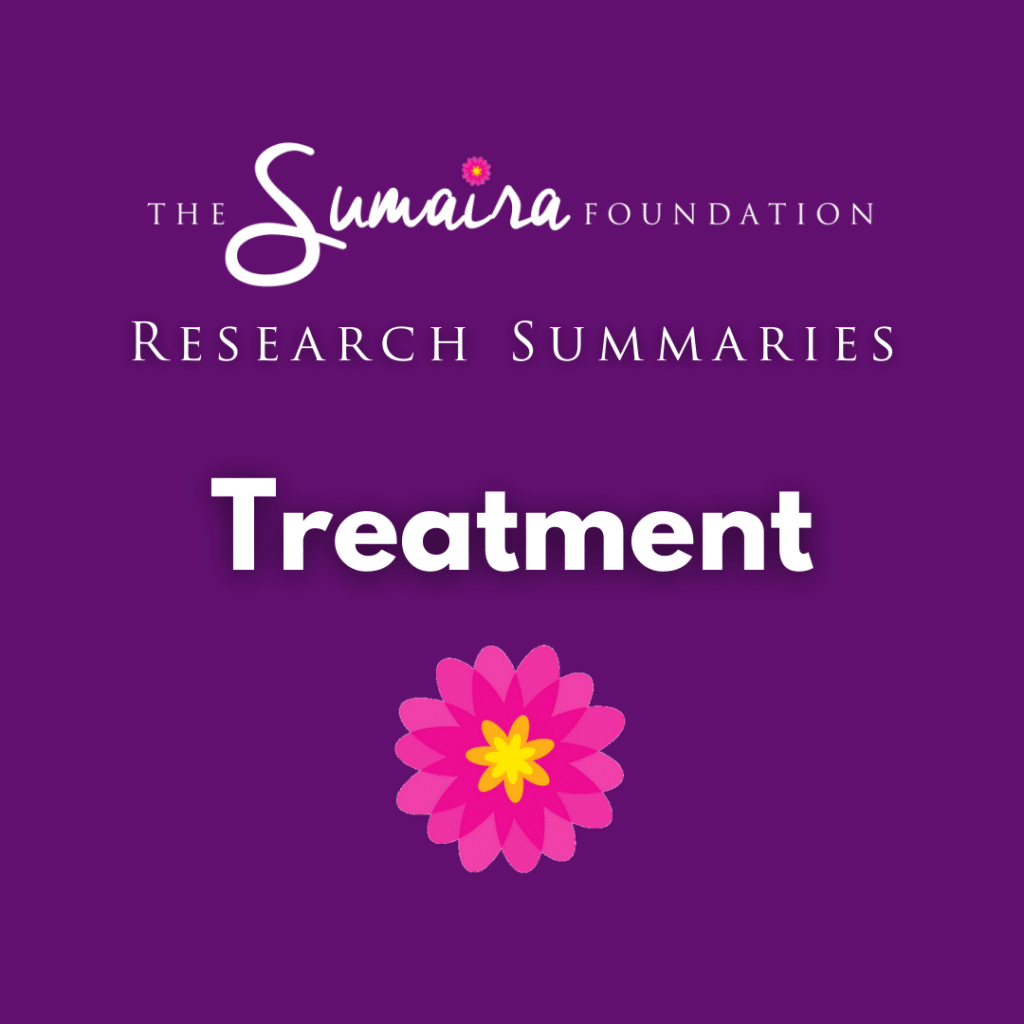
Journal: Neurology; April 9, 2024
Author(s): Stacey Clardy, Sean Pittock, Orhan Aktas, Jin Nakahara, Noriko Isobe, Diego Centonze, Sami Fam, Adrian Kielhorn, Jeffrey Yu, Jeroen Jansen, and Ina Zhang
How does ravulizumab compare with other approved treatments for NMOSD?
Ravulizumab has recently been approved in the US and Europe for the treatment of NMOSD. This study aimed to assess how well, compared to the other approved treatments, ravulizumab could prevent relapses in adults with NMOSD who test positive for the aquaporin-4 antibody (AQP4-IgG). The authors carefully studied all the existing published papers and used statistical modelling methods to compare how the different treatments would work. Two factors were considered to assess how well the treatments worked:
- Time to first relapse, that is, the time between treatment starting and the patient having a relapse
- Annualized relapse rate, that is, the average number of relapses a patient has in a year.
The treatments were assessed both when given alone (monotherapy) and when combined with other immunosuppressive therapies.
When given alone, ravulizumab reduced the time to the first relapse by 90% compared to satralizumab and inebilizumab but had similar effects as eculizumab. Similarly, given alone, ravulizumab reduced the average number of relapses per year by 98% compared to satralizumab and inebilizumab but had similar effects as eculizumab. When combined with other immunosuppressive therapies, ravulizumab reduced the time to first relapse by 85% compared to satralizumab but had similar effects as eculizumab.
Related article: Efficacy and safety of ravulizumab in adults with anti-aquaporin-4 antibody-positive neuromyelitis optica spectrum disorder: outcomes from the phase 3 CHAMPION-NMOSD trial (S5.002)
Free Access: Abstract only
Abstract only

Journal: CNS Neuroscience & Therapeutics; May 24, 2024
Author(s): Yun Xu, Huabing Wang, Tian Song, Linlin Yin, Yajun Yao, Yuzhen Wei, Hengri Cong, Jiali Sun, Xinghu Zhang, De-Cai Tian
How safe and effective are plasma exchange and immunoadsorption for NMOSD attacks?
Plasma exchange and immunoadsorption (a blood-cleaning method that eliminates disease-causing antibodies) are commonly used to treat NMOSD attacks. This study assessed how effective these treatments were when given in combination with steroids (intravenous methylprednisolone) during NMOSD attacks as opposed to when steroids were given alone. The results showed that patients who received plasma exchange and immunoadsorption along with steroid treatment had better and more long-lasting improvement in their neurological symptoms over six months than those who received steroids alone. The combination therapy was also found to be safe and well tolerated.
Free Access: Full text
Read the full text
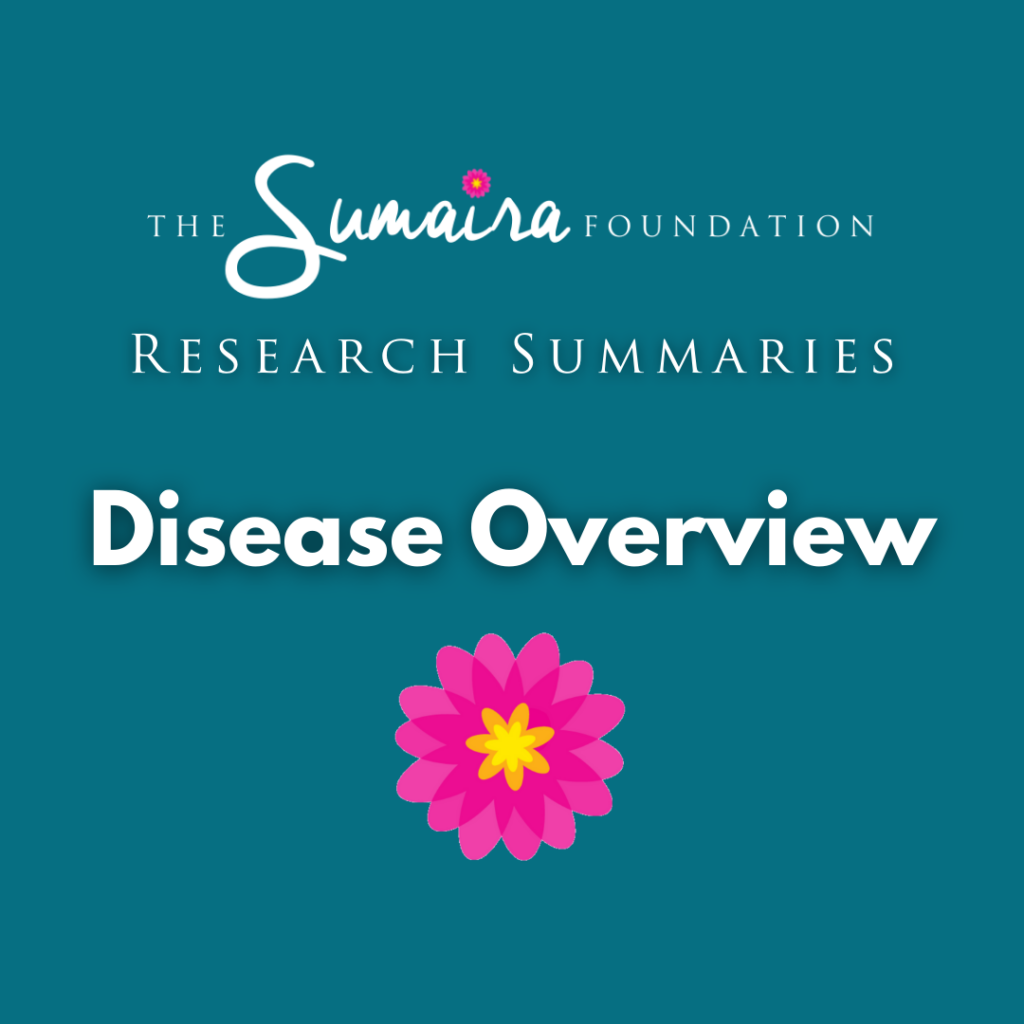
Journal: Annals of Clinical and Translational Neurology; March 31, 2023
Author(s): Jonathan D. Santoro, Timothy Beukelman, Cheryl Hemingway, Suvi R. K. Hokkanen, Frank Tennigkeit, Tanuja Chitnis
Early symptoms and disease progression for MOGAD in children
MOGAD has different symptomatic and clinical features in children than adults. This study aimed to evaluate how MOGAD first shows up and what the disease course looks like in children, by carefully reviewing papers published on MOGAD in children between January 2010 and January 2022. The most common initial symptom, especially in children below the age of 5 was acute disseminated encephalomyelitis (ADEM), which means intense inflammation of the brain and spinal cord. Optic neuritis (inflammation of the optic nerve) and transvers myelitis were the next most common early symptoms. About 25% children have at least one relapse, usually within 3 years of the first episode. The relapse often includes optic neuritis, even if there was no optic neuritis in the first episode. It remains unclear what factors may increase the risk of a relapse.
Related article: Clinical characteristics of patients with myelin oligodendrocyte glycoprotein antibodies
Free Access: Full text
Read the full text
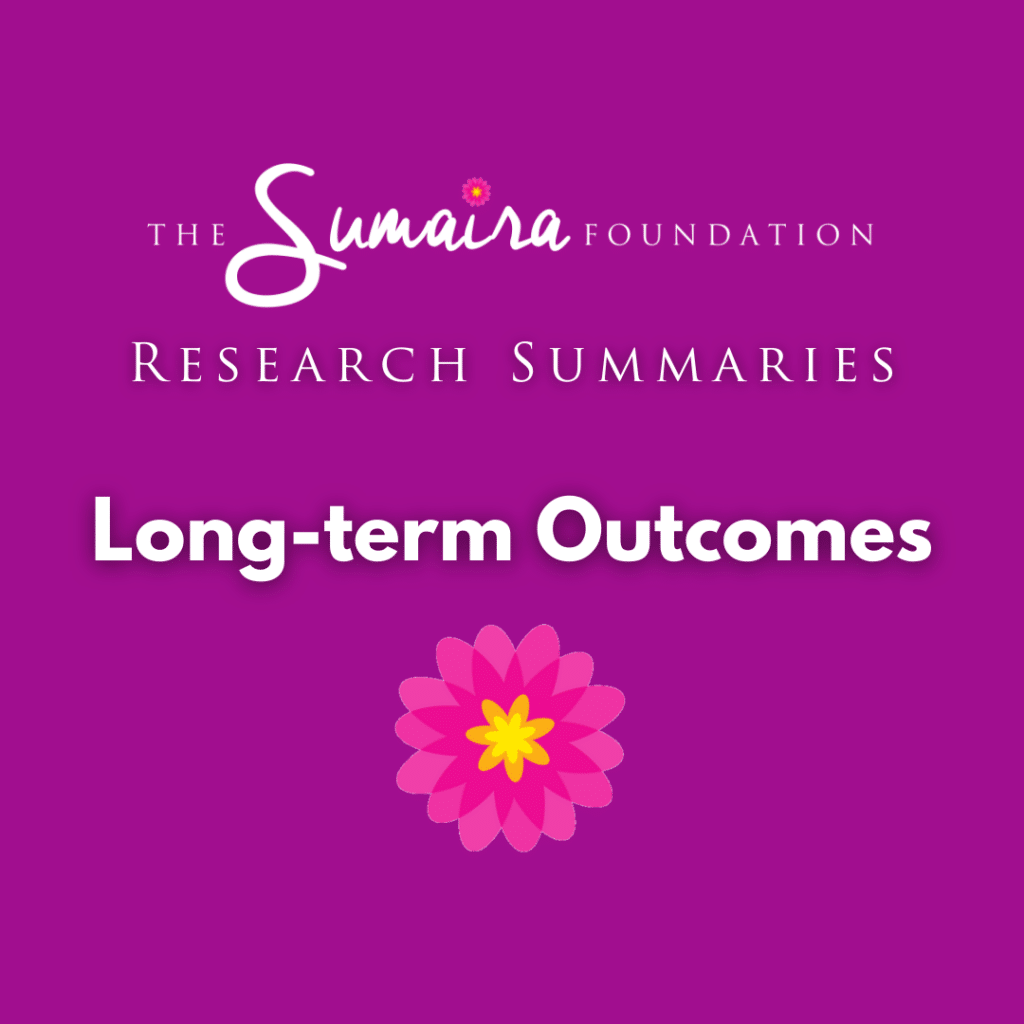
Journal: Annals of Neurology; July 3, 2023
Author(s): Bo Chen, Enrique Gomez-Figueroa, Vyanka Redenbaugh, Anna Francis, Chanjira Satukijchai, Yan Wu, Silvia Messina, Mario Sa, Mark Woodhall, Friedemann Paul, Neil P. Robertson, Ming Lim, Evangeline Wassmer, Rachel Kneen, Saif Huda, Camilla Blain, Christopher Halfpenny, Cheryl Hemingway, Eoin O'Sullivan, Jeremy Hobart, Leonora K. Fisniku, Roswell J. Martin, Ruth Dobson, Sarah A. Cooper, Victoria Williams, Patrick Waters, John J. Chen, Sean J. Pittock, Sithara Ramdas, Maria Isabel Leite, Eoin P. Flanagan, Ruth Geraldes, Jacqueline Palace
Does an early relapse after the first episode increase the risk of a relapsing pattern of MOGAD?
MOGAD can occur as a single isolated episode (monophasic) or as multiple episodes (relapsing). When the disease relapses repeatedly, there is an increased risk of long-term disability. This study aimed to determine whether an early relapse occurring within 1 year from the first episode (called “disease onset”) could be a predictor of how the disease would progress over the long term in MOGAD patients. 289 patients — a mix of adults and children — with MOGAD were followed for at least 2 years across 6 specialized medical centers. The results showed that in general, early relapses within 1 year from disease onset increased the risk of the long-term relapsing disease. It does not seem sufficient for patients with early relapses to receive only corticosteroid treatment; instead adult patients should be considered for immunosuppressant therapy as soon as possible.
Related article: Predictors of relapsing disease course following index event in myelin oligodendrocyte glycoprotein antibody-associated disease (MOGAD)
Free Access: Abstract only
Read the abstract
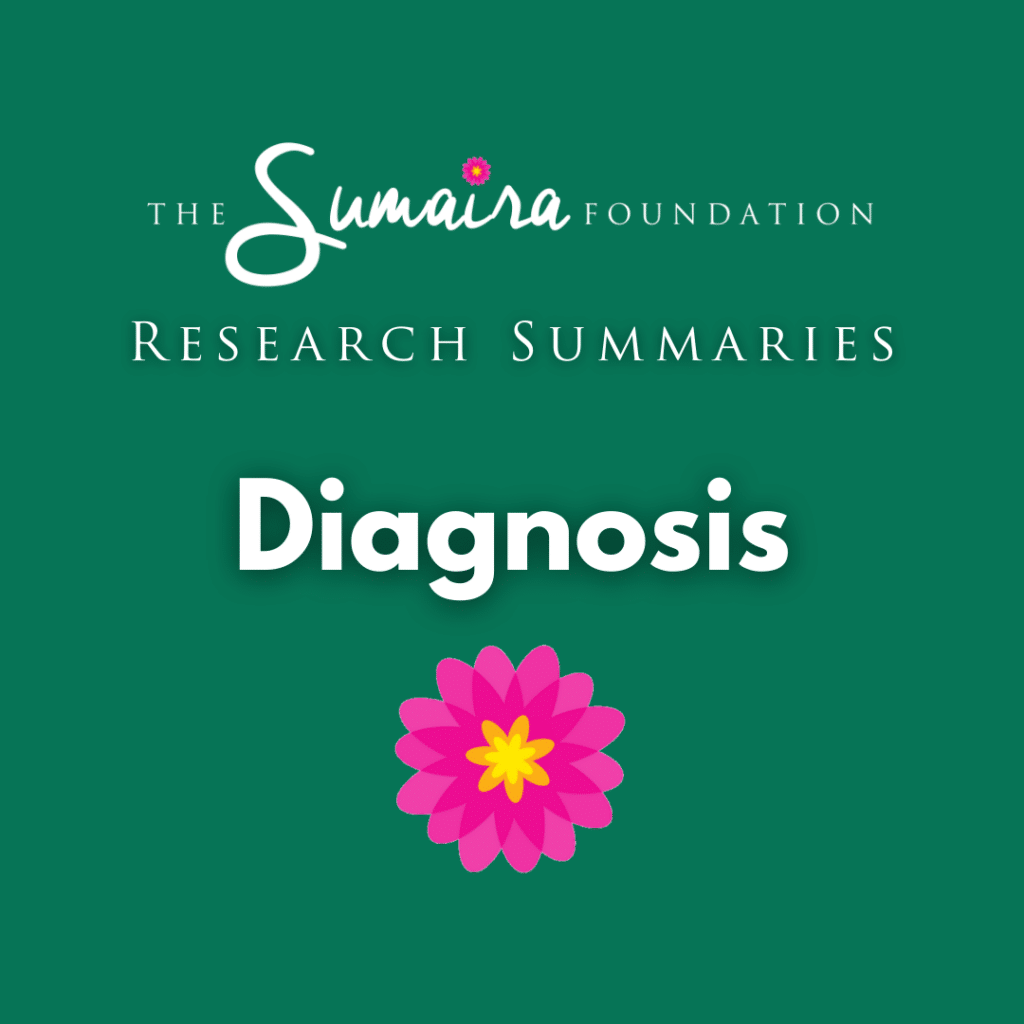
Journal: Neurology; June 13, 2024
Author(s): James A. Varley, Dimitrios Champsas, Timothy Prossor, Giuseppe Pontillo, Omar Abdel-Mannan, Zhaleh Khaleeli, Axel Petzold, Ahmed T. Toosy, Sachid A. Trip, Heather Wilson, Dermot H. Mallon, Cheryl Hemingway, Kshitij Mankad, Michael Kin Loon Chou Andrew J. Church, Melanie S. Hart, Michael P. Lunn, Wallace Brownlee, Yael Hacohen, and Olga Ciccarelli
Testing the validity of the 2023 International Diagnostic Criteria for MOGAD in a selected group of adults and children
In 2023, international experts in the field of neuroimmunology came in agreement and published international diagnostic criteria for MOGAD.
This study aimed to validate those diagnostic criteria in real-world clinical settings. The authors used data of 539 patients (135 children and 404 adults) who had been diagnosed with MOGAD between 2018 and 2022 in 2 specialist hospitals and reevaluated those patients’ cases against the new diagnostic criteria (that is, retrospectively). As per the results, MOGAD was accurately diagnosed when the criteria were followed. The accuracy of the criteria in this regard was comparable with the best judgment of expert neurologists. The diagnostic accuracy achieved when the criteria were followed was better for children than for adults. Apart from testing positive for anti-MOG antibodies, patients should show at least one clinical or MRI feature listed in the criteria.
Related article: Diagnosis of myelin oligodendrocyte glycoprotein antibody-associated disease: International MOGAD Panel proposed criteria
Free Access: Full text
Read the full text

Journal: The Lancet Neurology; March 1, 2023
Author(s): Brenda Banwell, Jeffrey L Bennett, Romain Marignier, Ho Jin Kim, Fabienne Brilot, Eoin P Flanagan, Sudarshini Ramanathan, Patrick Waters, Silvia Tenembaum, Jennifer S Graves, Tanuja Chitnis, Alexander U Brandt, Cheryl Hemingway, Rinze Neuteboom, Lekha Pandit, Markus Reindl, Albert Saiz, Douglas Kazutoshi Sato, Kevin Rostasy, Friedemann Paul, Sean J Pittock, Kazuo Fujihara, Jacqueline Palace
International consensus diagnostic criteria for MOGAD
Until recently MOGAD did not have well-defined and universally recognized diagnostic criteria to allow it to be distinguished from other demyelinating disorders such as MS and NMOSD. International experts in the field of neuroimmunology discussed and proposed in agreement some criteria that could be applied for diagnosis of MOGAD in patients globally across all age groups (both children and adults). This paper outlines the proposed criteria in detail, including the symptoms and clinical features, what neurologists should look for in MRI (typical areas of brain, spinal cord, and optic nerve involvement, what laboratory tests should be conducted (including blood serum and cerebrospinal fluid). One key factor for the diagnosis is the detection of anti-MOG antibodies. Neurologists diagnosing MOGAD need to make sure that MS is ruled out, but not all patients with MS need to be evaluated for MOGAD. While these criteria still need to be validated in actual clinical settings, they have the potential to improve the accuracy and speed of MOGAD diagnosis and thus improve the outcomes for patients.
Related article: Validation of the 2023 International Diagnostic Criteria for MOGAD in a Selected Cohort of Adults and Children
Free Access: Full text after registration
Read the full text

Journal: Journal of Neurology, Neurosurgery, and Psychiatry; January 1, 2023
Author(s): Gregorio Spagni, Bo Sun, Gabriele Monte, Elia Sechi, Raffaele Iorio, Amelia Evoli, Valentina Damato
How effective is rituximab in MOGAD compared to NMOSD?
This study is a systematic review and meta-analysis, that is, it reviews all previously published papers on a topic to arrive at some conclusions. This study included 315 patients and aimed to compare the efficacy and safety of rituximab in patients with MOGAD versus NMOSD. The results showed that rituximab was effective in MOGAD patients but less so than in NMOSD patients, and it caused some side effects in MOGAD patients because of which caution should be exercised in its prescription.
Related article: Long-term effectiveness and safety of Rituximab in NMOSD and MOGAD
Free Access: Abstract only
read the abstract

Journal: European Journal of Neurology; July 11, 2023
Author(s): Pietro Zara, Alessandro Dinoto, Sara Carta, Valentina Floris, Davide Turilli, Adrian Budhram, Sergio Ferrari, Stefania Milia, Paolo Solla, Sara Mariotto, Eoin P. Flanagan, A. Sebastian Lopez Chiriboga, Elia Sechi
Non-demyelinating disorders that might be misdiagnosed as NMOSD
While it is well known that multiple sclerosis and MOGAD have similar features to NMOSD, and neurologists actively try to distinguish between these three diseases, there are a range of non-demyelinating diseases that seem similar to NMOSD and might be misdiagnosed. This study reviewed cases that were misdiagnosed as NMOSD. Conditions that might have some features in common with NMOSD and can be misdiagnosed include myelopathy, optic neuropathy, or both together, genetic/metabolic disorders, neoplasms, infections, vascular disorders, spondylosis, and other immune-mediated disorders. In many cases, misdiagnosis was because the diagnostic criteria for NMOSD were applied incorrectly. This review identifies some red flags physicians should pay attention to, to avoid misdiagnosis.
Related article: Diagnostic criteria for NMOSD
Free Access: Abstract only
read the abstract

Journal: Eye; March 16, 2023
Author(s): Negar Moheb, John J. Chen
Features of optic neuritis and associated clinical signs in NMOSD and MOGAD
Optic neuritis is a common occurrence that can lead to vision loss in multiple sclerosis, NMOSD, and MOGAD. The features of optic neuritis are well described for multiple sclerosis but not for NMOSD and MOGAD. These diseases differ in severity, rate of recurrence, and overall outcomes, which is why prompt and accurate diagnosis and management is essential. This review article summarizes the characteristic neuro-ophthalmological signs in NMOSD and MOGAD, serum biomarkers and MRI findings, as well as immediate relapse management and long-term therapies used for NMOSD and MOGAD.
Related article: Optic neuritis — different forms, treatments, diagnosis, and prognosis
Free Access: Abstract only
Abstract only
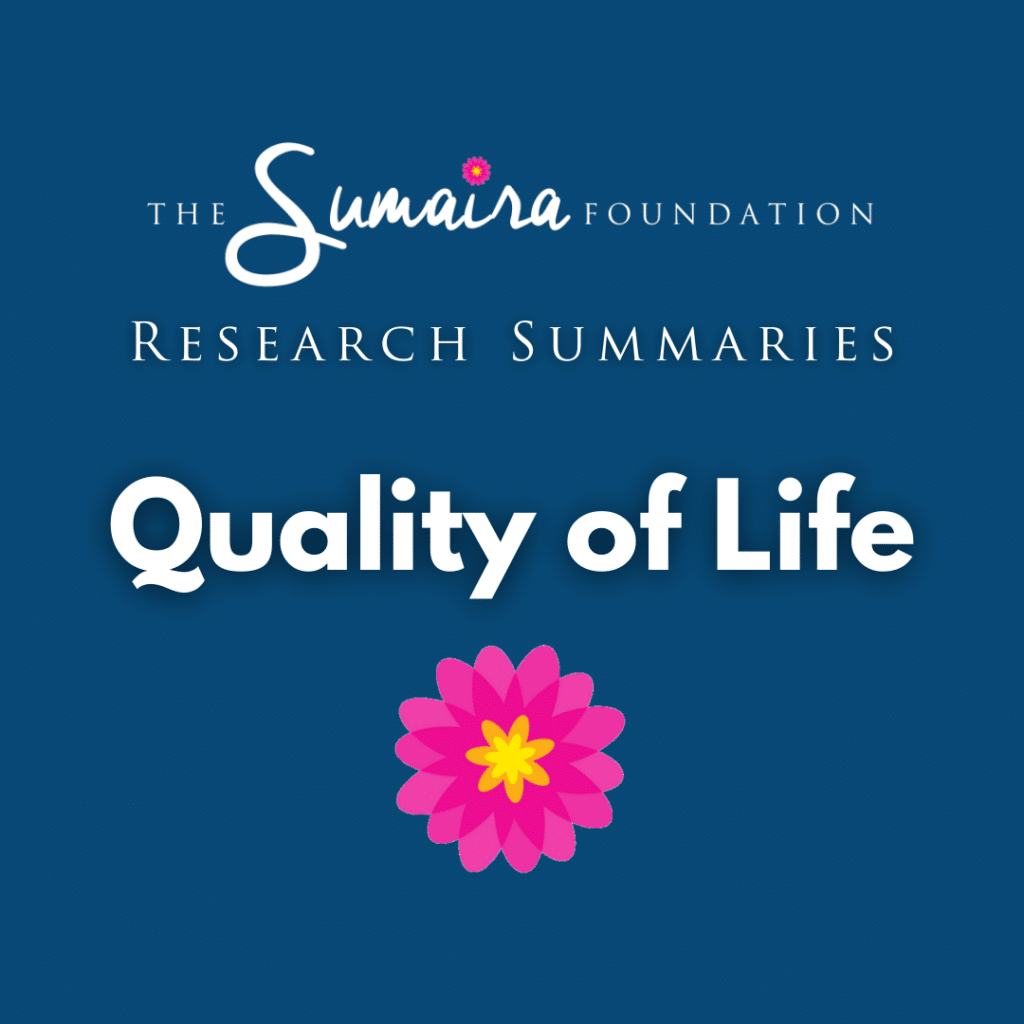
Journal: Neurology and Therapy; February 24, 2023
Author(s): Marco Capobianco, Marius Ringelstein, Carly Welsh, Patricia Lobo, Gabrielle deFiebre, Marco Lana-Peixoto, Jiawei Wang, Ju-Hong Min & Dean M. Wingerchuk
NMOSD disease severity and stability in real-life settings globally
This study evaluated how NMOSD disease severity and stability is classified globally by conducting an online survey with 389 neurologists from the USA, Germany, Italy, Brazil, South Korea, and China (representing data from 1185 patients) and conducting telephonic interviews with 33 patients receiving maintenance therapy for NMOSD. The results showed wide variations, both between neurologists and patients and across geographies, in how a relapse was defined and how relapse severity was classified. Neurologists relied on clinical assessments when classifying a relapse and viewed each relapse in isolation, whereas patients subjectively evaluated relapses in terms of how their daily life was affected and how the relapse compared with prior relapses. There was a similar disconnect in the definition of disease stability, with patients placing more emphasis on zero relapses than neurologists did. A related study used the same neurologist survey and patient interviews to evaluate how NMOSD is managed in real-life settings globally.
Free Access: Full text
read the full text













